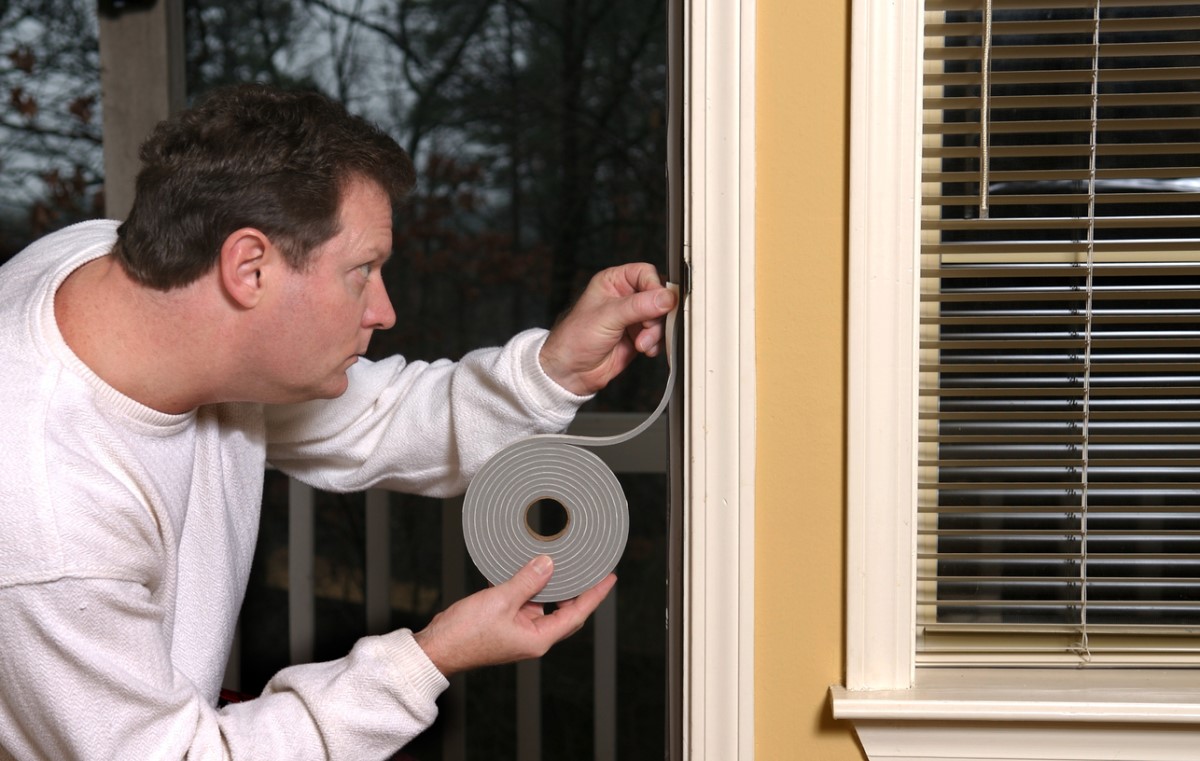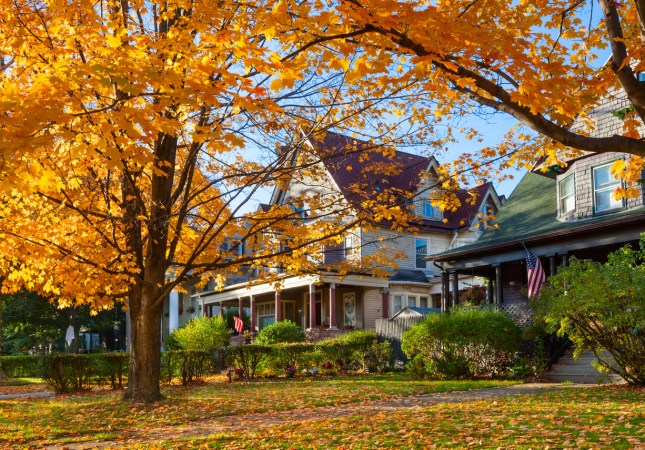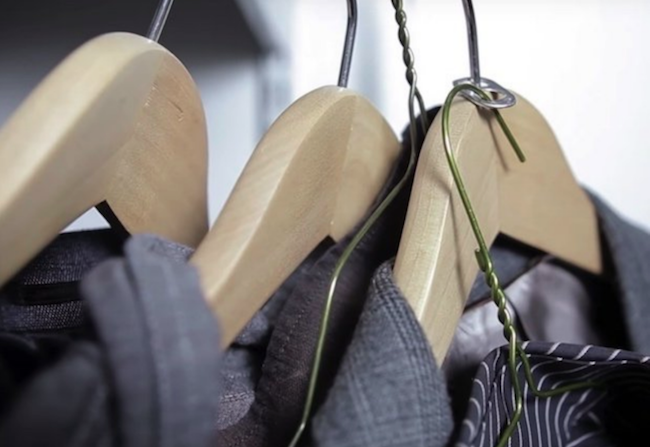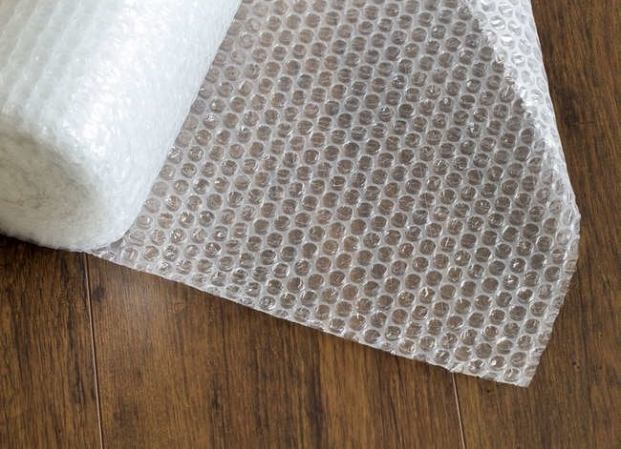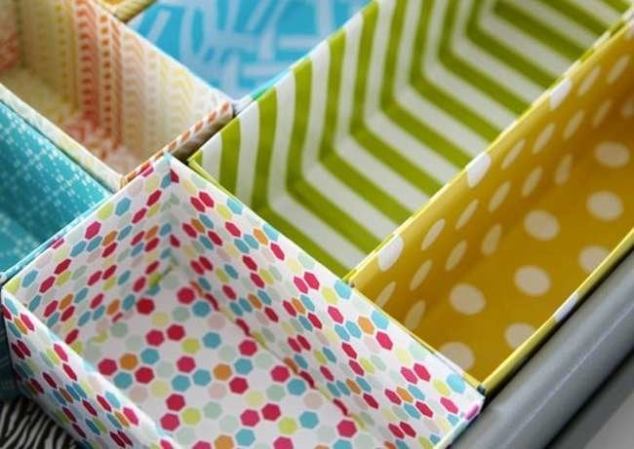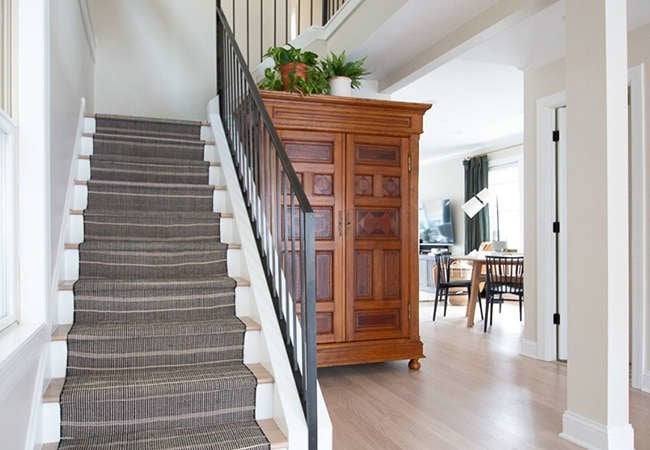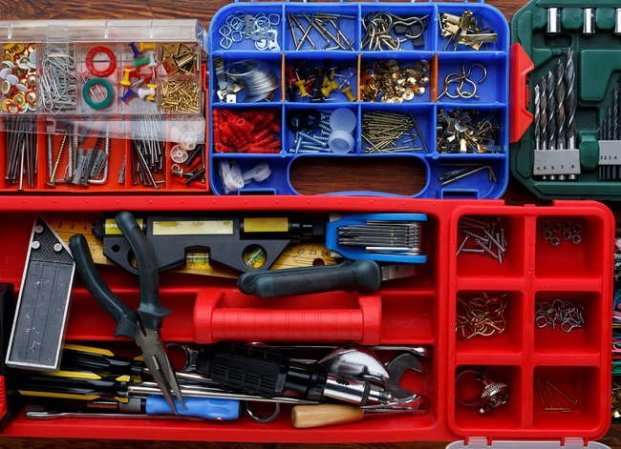We may earn revenue from the products available on this page and participate in affiliate programs. Learn More ›
Weatherstripping is a time-honored method of minimizing door and window drafts throughout the house. In the winter, weatherstripping prevents heated air from escaping the home and bars the entry of cold from the outdoors. Come summer, weatherstripping performs a near-identical role—this time, saving air-conditioned indoor air from leaking out being replaced by outdoor heat.
This weatherproofing tactic does far more than simply prevent discomfort indoors; it’s known to have energy-saving benefits, too. In combination with proper insulation, sealing drafts with various types of weatherstripping and caulk can save an average of 10 percent on year-round energy costs, according to the Environmental Protection Agency’s ENERGY STAR program.
What are the Common Types of Weatherstripping?
While the name may conjure up images of a complex system or an elaborate installation process, the reality is much simpler. Weatherstripping refers to a group of straightforward, easy-to-install products that do nothing more than seal gaps in house components that swing, slide, or lift. Here is a rundown of the four popular weatherstripping products.
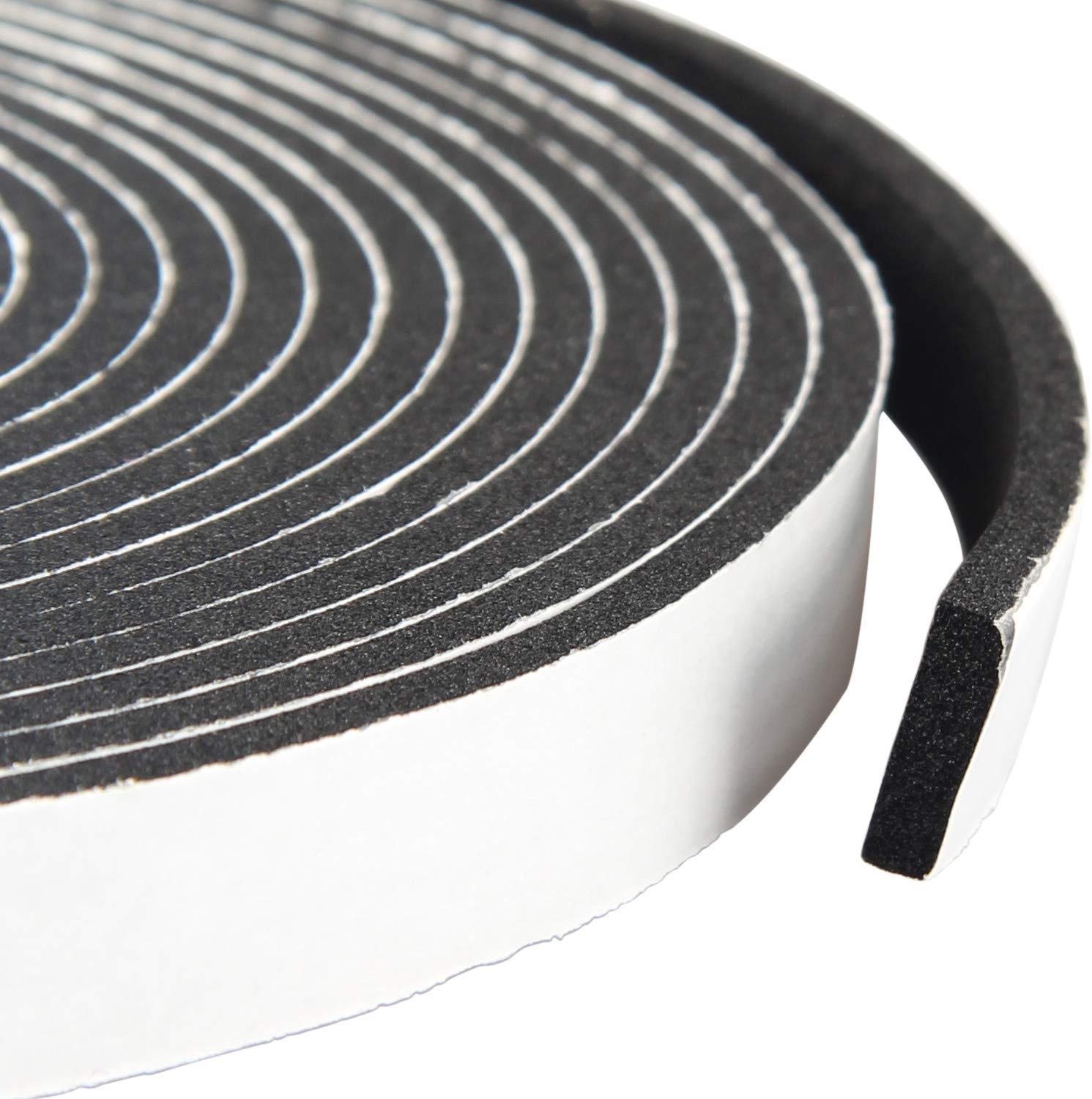
TYPE OF WEATHERSTRIPPING: Tapes
BEST USES: Doorstops, casement window stops, and double-hung window rails
QUALITY PICK: Yotache High-Density Foam Seal Tape ($13.88 for 50 feet on Amazon)
Weatherstripping tapes are popular and inexpensive. Made of compressible, flexible material, these work well to fill irregular gaps. Most foam tapes and felt strips can be cut to size with scissors, and because they’re self-adhesive, they are very easy to install. Be sure, however, that you are applying the product to a clean surface.
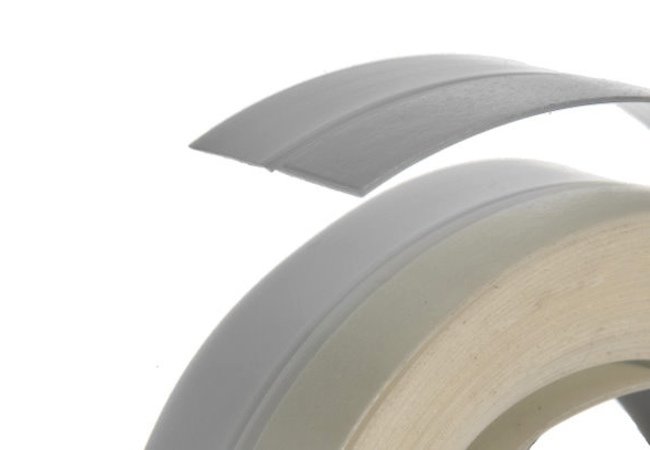
TYPE OF WEATHERSTRIPPING: V-Strips or V-Seals
BEST USES: Meeting rails, double-hung window jambs, and window stops
QUALITY PICK: Frost King V-Seal Weatherstripping ($3.97 for 17 feet on Amazon)
V-strips are made of vinyl or thin, flexible lengths of metal. The former option costs less and is easier to put in because one side of the vinyl self-adheres; metal V-strips are nailed into place. In either case, installation involves removing the window sashes to access the channels along which they slide.
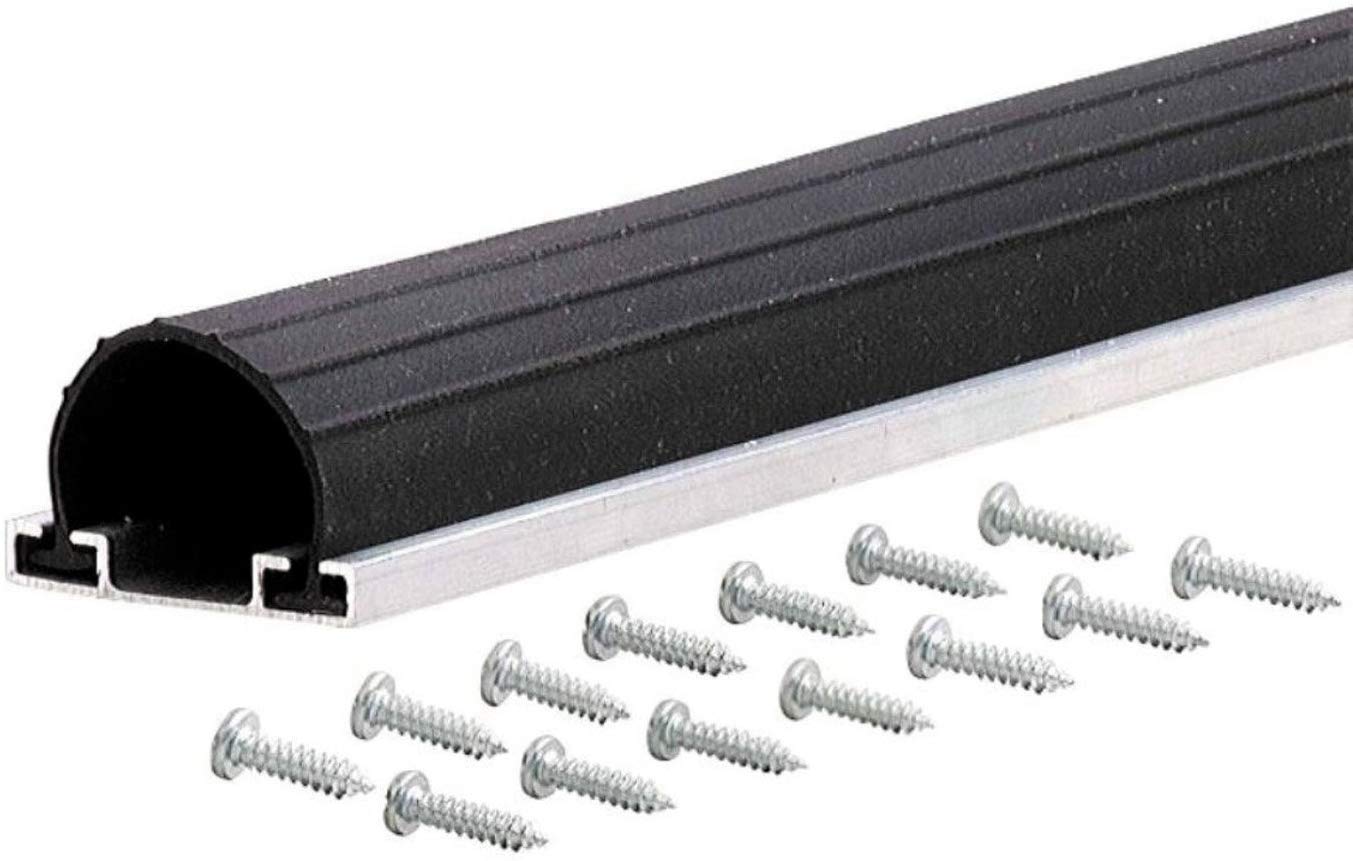
TYPE OF WEATHERSTRIPPING: Gaskets
BEST USES: Exterior doors and garage doors
QUALITY PICK: M-D Building Products Universal Aluminum and Rubber Garage Door Bottom ($36.97 for 18 feet on Amazon)
Tubular in shape and rubber-like in composition, gasket-style weatherstripping installs along the bottom of a garage door by means of adhesive, nails, or screws to create a seal between the door and concrete floor slab. It may also be employed as an alternative to a door sweep (see next).
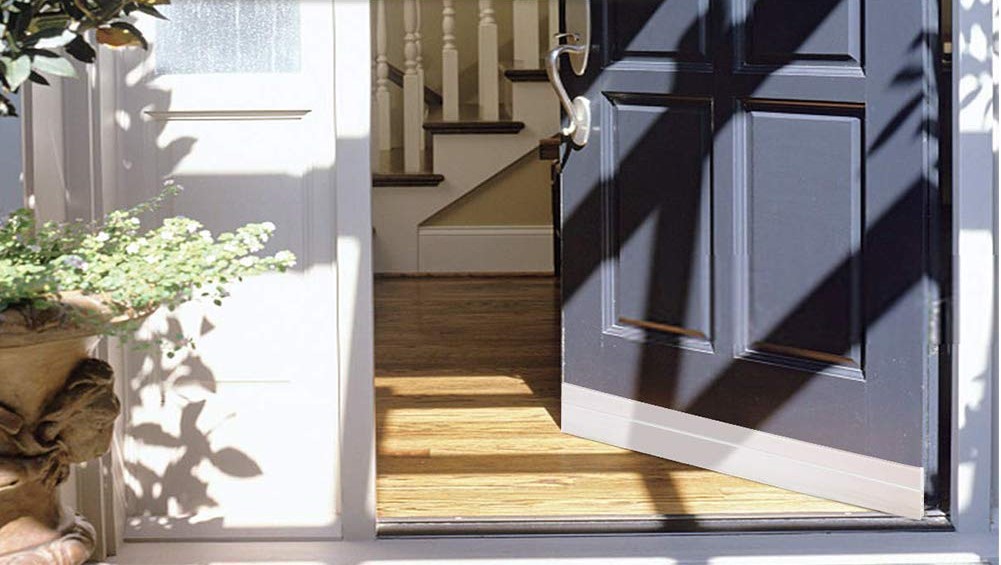
TYPE OF WEATHERSTRIPPING: Sweeps
BEST USES: Exterior doors
QUALITY PICK: Suptikes Exterior/Interior Door Seal ($9.99 on Amazon)
Door sweeps, which are made of vinyl or rubber, or of bristles with a backing, attach via adhesive or screws to the bottom of an exterior door. They are commonly available at hardware stores and home improvement centers; some door sweeps go on the outside, while others are meant for the inside. Consult the manufacturer’s instructions.
What are the Best Places to Install Weatherstripping?
Every home is different, of course. Each has its own quirks and idiosyncrasies—and particularly in older constructions, a host of air leaks that defy general, one-size-fits-all classification. Still, the following are perhaps the most common places where homeowners use some type of weatherstripping to improve air sealing:
- Exterior doors (including French doors and sliding patio doors)
- Windows (casement, sliding, awning, and double-hung)
- Attic hatchways
- Doors to nonconditioned spaces (for example, from the house to the garage)
- Garage doors
Start your own weatherstripping project by sealing any gaps around doors or hatchways that connect to the attic—this is where air pressure and air leakage are greatest. Next, check exterior doors. If you see daylight around a closed door, go ahead and install weatherstripping. By the same token, if your windows rattle in the wind, that’s a pretty sure sign that they too would benefit from weatherstripping. On a cold day, it’s easy to judge these things: If the area feels chilly to the touch, weatherstripping is (at least part of) the answer.
